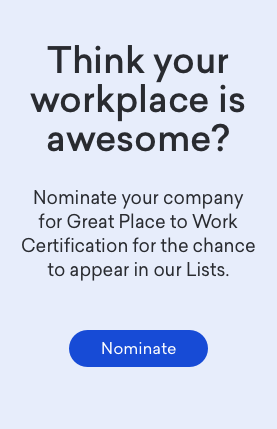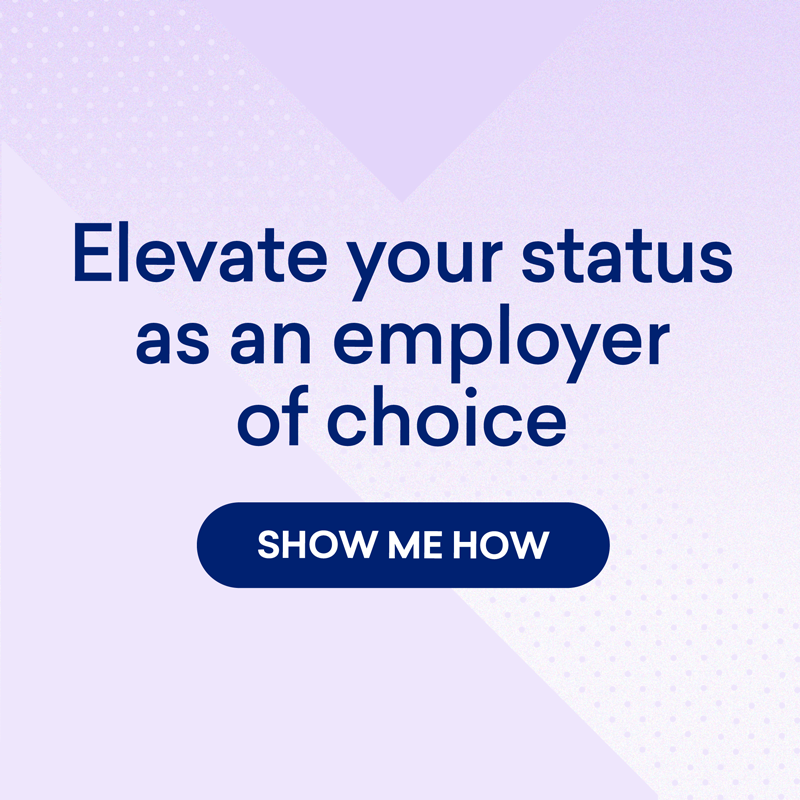Innovation in the Workplace
“It is what we think we know already that often prevents us from learning.” -Claude Bernard
It is when we connect new information with existing knowledge that we struggle, but it is also when we encounter opportunities for innovation. For example, a former chemist who turns chef can breathe new life into traditional cooking techniques that a trained chef might not even consider. Old knowledge mixes with new knowledge and poof!—magic.
Let’s follow Lea through her first week at a new job:
While taking in the culture, meeting her colleagues, and adapting to her role within the workplace, several people told her, “It is exciting to have you here because you can offer a fresh perspective”. The opinion shared with Lea is a commonly held belief that when someone is new to a task they hold a uniquely broad and slightly naive perspective that enables them to avoid some of the blind spots accrued during our tenure on a project. Expertise in a field presents obvious advantages, but what individuals like Lea offer is a fresh take on old habits and processes as well as potentially new and innovative ideas.
So, if gaining a fresh perspective is the objective of a workplace, but bringing someone new aboard is fiscally improbable, I would suggest an alternative solution. The method is called design thinking and it functions by tapping into abilities we all have, but are often suppressed by conventional problem-solving practices. In the early stages of design thinking, designers are expected to expand their view on a problem as wide as possible (divergent), and then narrow back in on ideas that inspire greater development (convergent). The act of diverging gives us access to creative potentials, while converging mimics our natural process for decision making.
Tim Brown, in his book Change by Design, discussed the power of this practice when he said, “Thinkers who exploit opposing ideas to construct a new solution enjoy a built-in advantage over thinkers who can consider only one model at a time. Integrative thinkers know how to widen the scope of issues salient to the problem. They resist the ‘either/or’ in favor of the ‘both/and’ and see nonlinear and multidirectional relationships as a source of inspiration not contradiction.”
The design community utilizes this method well. I would propose that it could be valuable in any community that relies on innovation and adaptive problem solving. For example, let’s suppose a workplace continues to encounter the same dilemma time and time again. Let’s also suppose they are willing to suspend, for a short period of time, what they think the problem and/or solution might be in favor of divergent and convergent exploration. Doing so may very well lead them back to their original premise; however, it may act as a muse by pointing them towards a previously hidden solution.
So, how do you encourage design thinking in the workplace?
By first expanding your view on a problem as wide as possible. This can be accomplished by recruiting new staff (or even interns), possibly from slightly different fields or backgrounds. At the very least, a company can establish multiple venues for current employees to brainstorm new ideas, through surveys, one-on-ones, meetings between different departments, or even at happy hours.
Mostly, you can encourage innovation by building trust in the workplace and creating an environment where employees feel confident making suggestions, especially ones that otherwise might be considered too ‘out there’. If your organization is interested in building trust in the workplace and increase employee engagement, we can show you how.
Read more about the benefits of an organizational culture built on trust.
Joseph Alonzo recently graduated Saybrook University with a Master's degree in Organizational Development and is a guest blogger for Great Place to Work®.











